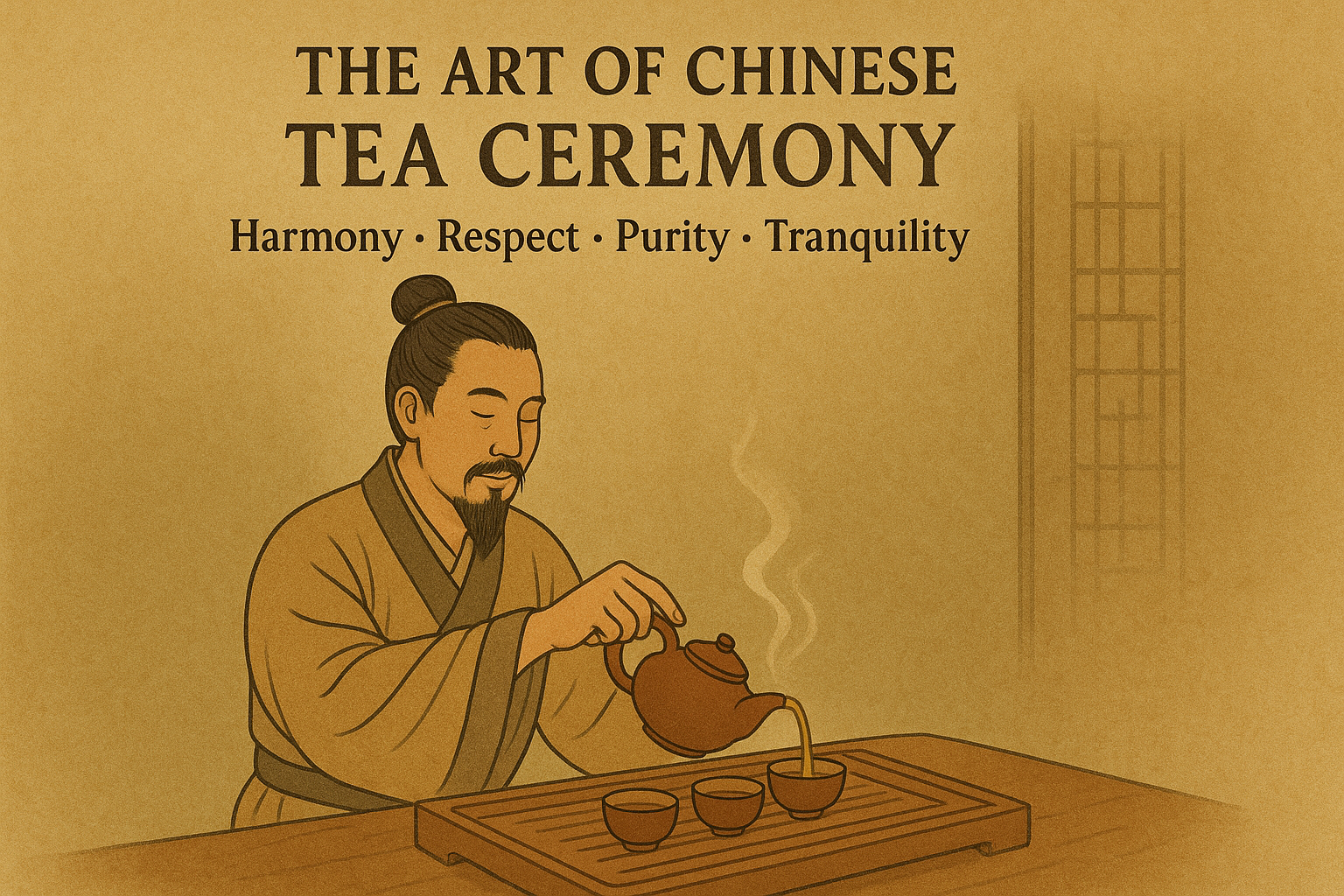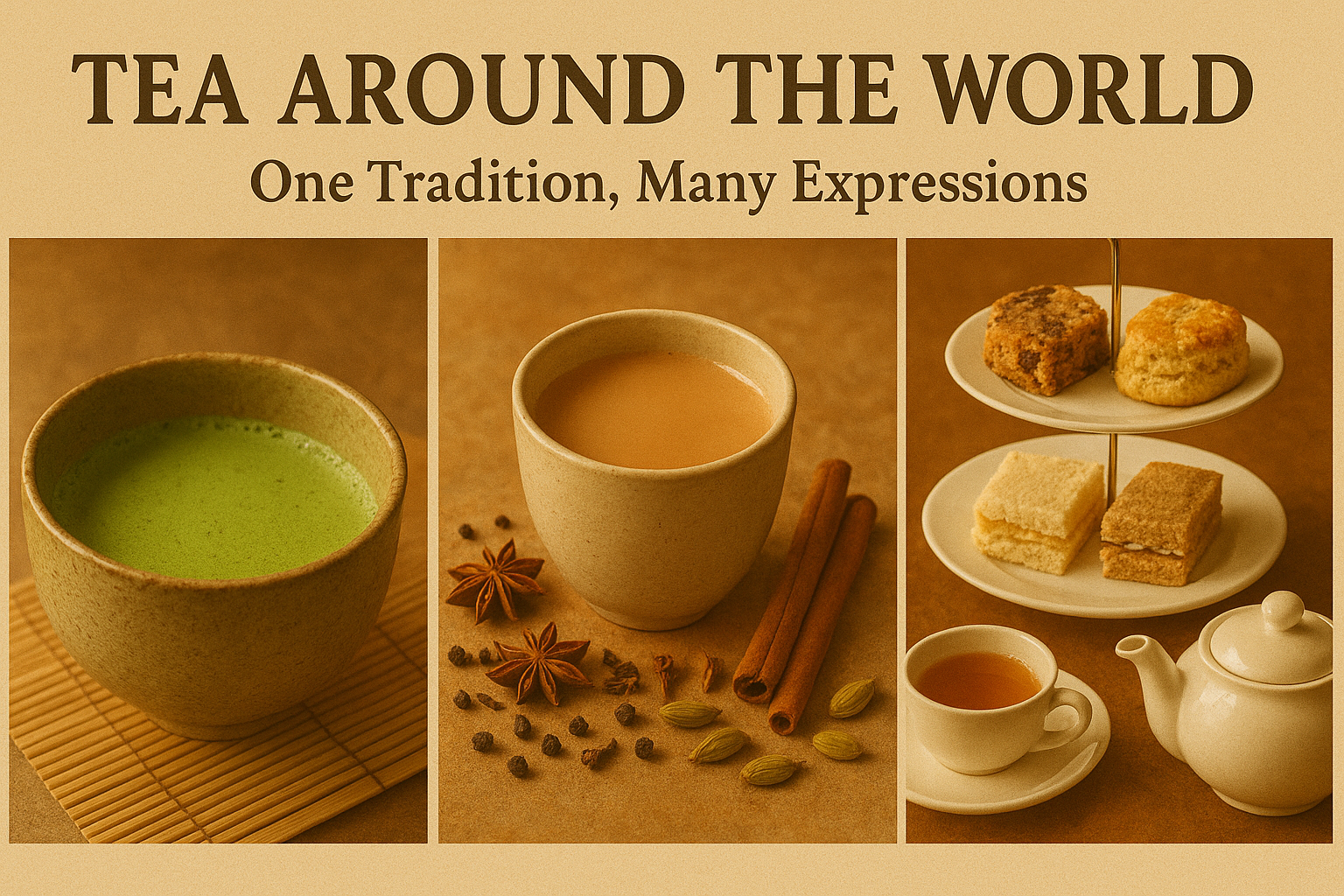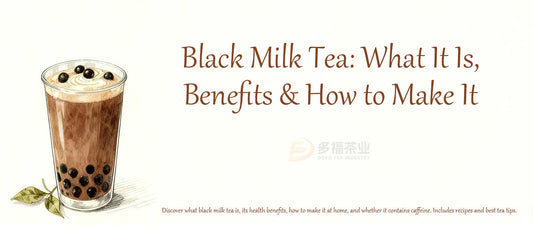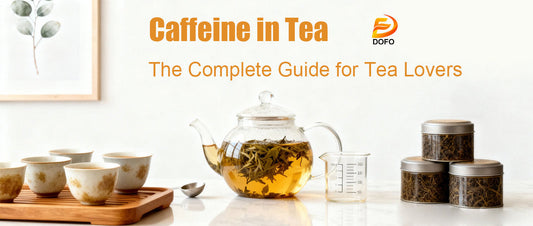
Tea Culture and History: Ancient Origins and Lasting Traditions
liujiehangShare
Tea is more than just a drink—it’s a reflection of human connection, mindfulness and cultural evolution. For thousands of years tea has shaped traditions, inspired art and connected people across continents. To understand its global influence we start where it all began—ancient China.
The Discovery and Early History of Tea

The Legendary Beginning — Emperor Shen Nong’s Discovery
Legend has it that around 2737 BCE Emperor Shen Nong accidentally tasted a poisonous herb and rested under a wild tea tree. A green leaf fell into his mouth and when he chewed it the bitterness turned into a pleasant aroma that eased his pain and cleared the poison
He examined the plant carefully noting the serrated edges and fragrant young buds. He called it “tea”
Tea in Early Dynasties — From Medicine to Ritual
By the Tang and Song Dynasties, tea had moved from being a medicine to a symbol of refinement and culture. Scholars and monks used tea to aid meditation and clarity of thought. The Classic of Tea (Cha Jing) written by Lu Yu in the 8th century is the first book on tea preparation and culture and says that brewing tea is an act of harmony between nature and humanity.
The Rise of Tea Trade Along the Silk Road
Tea’s popularity spread rapidly through the Silk Road, where it was traded alongside silk and porcelain. It reached Central Asia, the Middle East, and eventually Europe. This exchange not only boosted global trade but also established tea as a cross-cultural bridge connecting East and West.
Chinese Tea Culture and Traditions
The Cultural Significance of Tea in China
Tea represents Chinese values of respect, purity and mindfulness. Serving tea to guests is humility and gratitude. In weddings it’s unity and family honor. Tea is also used in diplomacy – ancient emperors would present tea as a gift of peace.
This cultural heritage continues today with festivals like Chinese Tea Culture Day which celebrates the harmony between human and nature.
Tea in Art, Literature, and Daily Life
Tea has been part of Chinese art and literature for centuries. Poets wrote about its calmness and purity, painters painted scholars drinking tea under the bamboo trees. In daily life it’s a quiet ritual – a morning cup for focus or an afternoon brew for reflection. Through art and routine tea continues to express simplicity, balance and peace.
Kung Fu Tea — The Spirit of Precision and Respect
Kung Fu Tea, also known as Gongfu Tea, originated in the Song Dynasty and was most popular in the Chaoshan region of Guangdong. "Kung Fu" means the art of brewing and the skill of savoring. Every move—pouring, smelling and tasting—requires attention.
The ceremony uses small teapots and cups to control temperature and flavor. As Britannica explains, the precision of Gongfu tea brewing represents the pursuit of harmony and inner stillness in Chinese philosophy.
The Chinese Tea Ceremony – Harmony in Motion
Ritual Steps and Symbolism
|
Step |
Symbolic Meaning |
Cultural Insight |
|
Cleansing hands and tools |
Purification of mind and body |
Tea begins with clarity and focus |
|
Warming teapot and cups |
Respect for teaware |
Honors tradition and craftsmanship |
|
Adding and rinsing tea |
Awakening the leaves |
Reflects humility before nature |
|
Phoenix bows three times” pouring |
Gratitude to heaven, earth, and humanity |
A gesture of cosmic respect |
|
Filling cups seven-tenths full |
Wisdom of restraint |
Life philosophy of “leaving space” |
|
Finger-tapping gesture |
Courtesy and hierarchy |
Rooted in Confucian ritual |
|
Tasting and refilling |
Harmony between host and guest |
Unites respect, calm, and friendship |
How the Ceremony Reflects Patience and Balance
The Tea Ceremony embodies wisdom through patience and balance — a harmony of process and philosophy:

Patience: The Cultivation of Time and Mind
- Crafted with care: Warming the teapot, adding leaves, and pouring water all demand precision. Too fast brings bitterness; too slow, the fragrance fades.
- The art of waiting: Steeping and tasting follow the tea’s natural rhythm — a reflection of life’s pace and acceptance.
- Practice through repetition: The daily tea ritual, though simple, becomes a mindful discipline where calmness and focus are refined.
Balance: The Harmony of Opposites
- Water and fire in harmony: Boiling water meets tender leaves — strength and gentleness in perfect contrast.
- Finding the right intensity: Balancing water flow and steeping time reflects the wisdom of moderation.
- Movement within stillness: Pouring gestures like “the phoenix nods three times” and sharing tea as “Guan Gong patrols the city” create a graceful rhythm.
- Unity with nature: Tea settings change with the seasons, symbolizing the dynamic balance between humanity and the natural world.
Through tea, patience becomes the art of cherishing each encounter (“Ichigo Ichie”), and balance refines into the serene ideals of “Harmony, Respect, Purity, and Tranquility.”In every cup, one finds the quiet rhythm of life itself.
From Ancient Brews to Modern Health Trends
Tea Around the World: Adaptation and Global Influence

Tea went to Japan and became matcha. To India and became masala chai, blended with milk and spices. To Britain and became afternoon tea — a social event that defined luxury.
Today, tea connects the world. People still share the same ritual in different ways. Tea is a language of togetherness and calm.
Modern Transformations — From Gongfu Tea to Bubble Tea
Today, traditional tea blends with modern. Bubble tea, born from milk tea, combines youth with classic tea. Meanwhile, wellness enthusiasts go back to green and oolong teas for antioxidants and natural energy.
Tea as a Global Bridge
Wherever you drink it — in a teahouse, café or at home — tea brings people together. Its story connects past and present, East and West. Through tea we learn simplicity and the beauty of shared time.
FAQ – Common Questions About Tea Culture and History
How old is tea culture in China?
Tea has existed for over 4,000 years. Historical evidence shows its use as early as the Shang dynasty.
What makes Chinese tea culture different from Western tea traditions?
Chinese tea is about peace and mindfulness. Western tea is about social connection and refreshment.
Is Kung Fu tea only used in formal ceremonies?
No. Many families use Kung Fu tea daily to enjoy small, focused moments with loved ones.
Is green tea the oldest type of tea?
Yes. It was the earliest form processed and remains closest to the original tea leaf.
Discover Authentic Chinese Teas at Dofo Tea
At Dofo Tea we celebrate the tea culture with authentic, high quality teas from China’s tea regions.Our teas are handpicked and crafted to preserve the old traditions. Each cup connects you to the art, mindfulness and history of tea.
Check out our collection at Dofo Tea – Chines Loose Leaf Teas and taste the cultural heritage in every cup.










